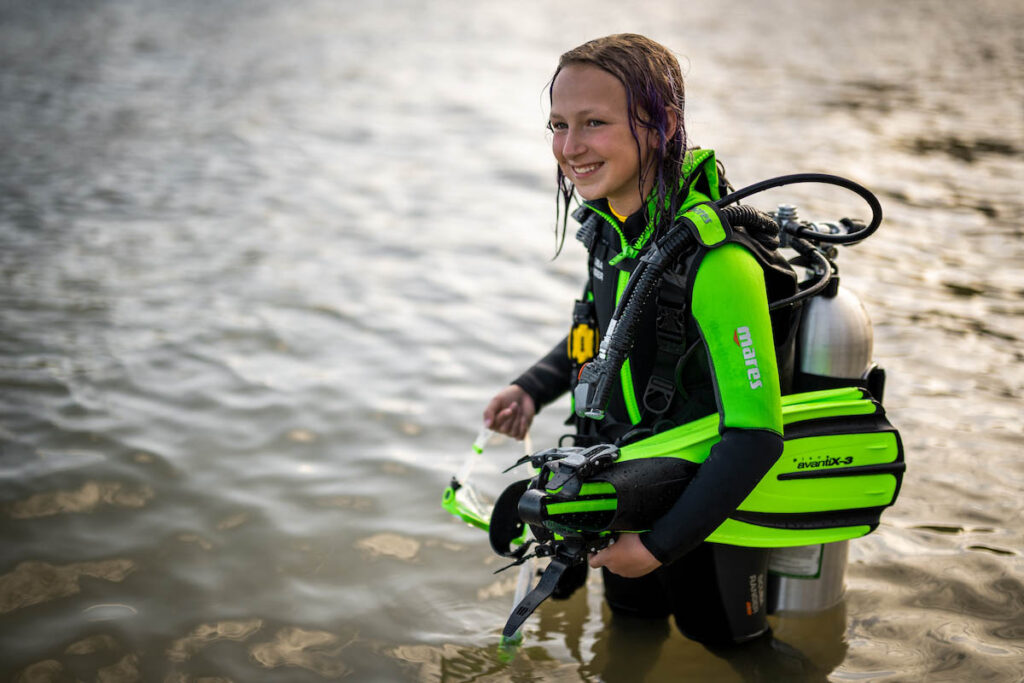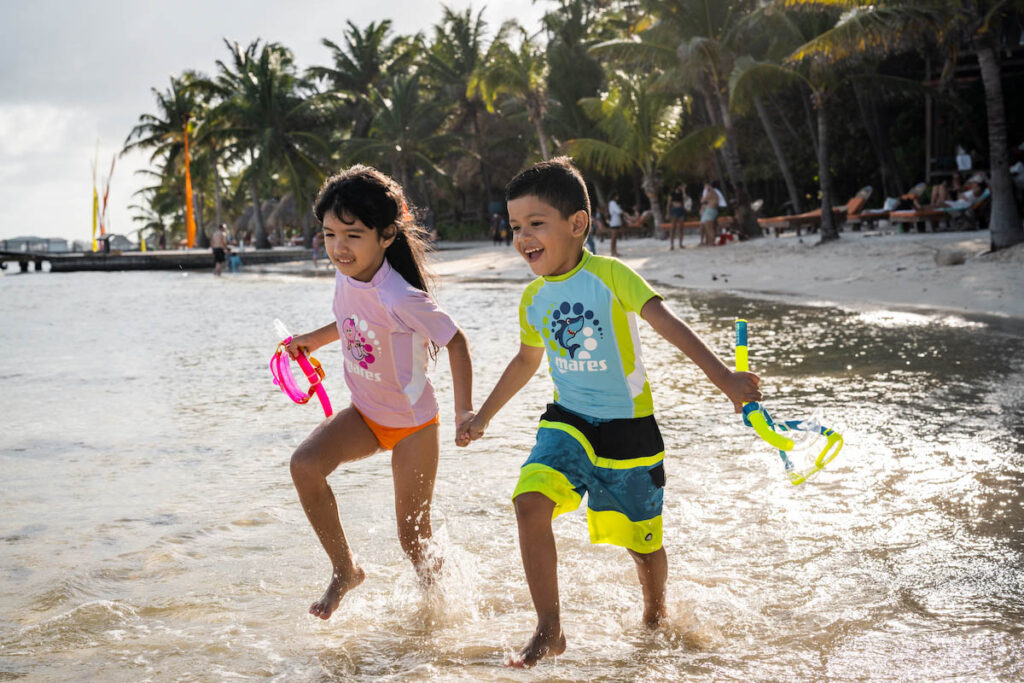The ocean covers more than 70% of the Earth’s surface and plays a critical role in sustaining life on our planet. Yet, its vastness and mystery can make it difficult for children to grasp its importance. Teaching kids about the ocean is not only a way to spark their curiosity but also to instill a sense of stewardship for the environment. Whether you’re a scuba diver eager to share your passion or a parent looking for engaging ways to educate your children, these 10 simple methods can make learning about the ocean fun, interactive, and meaningful.
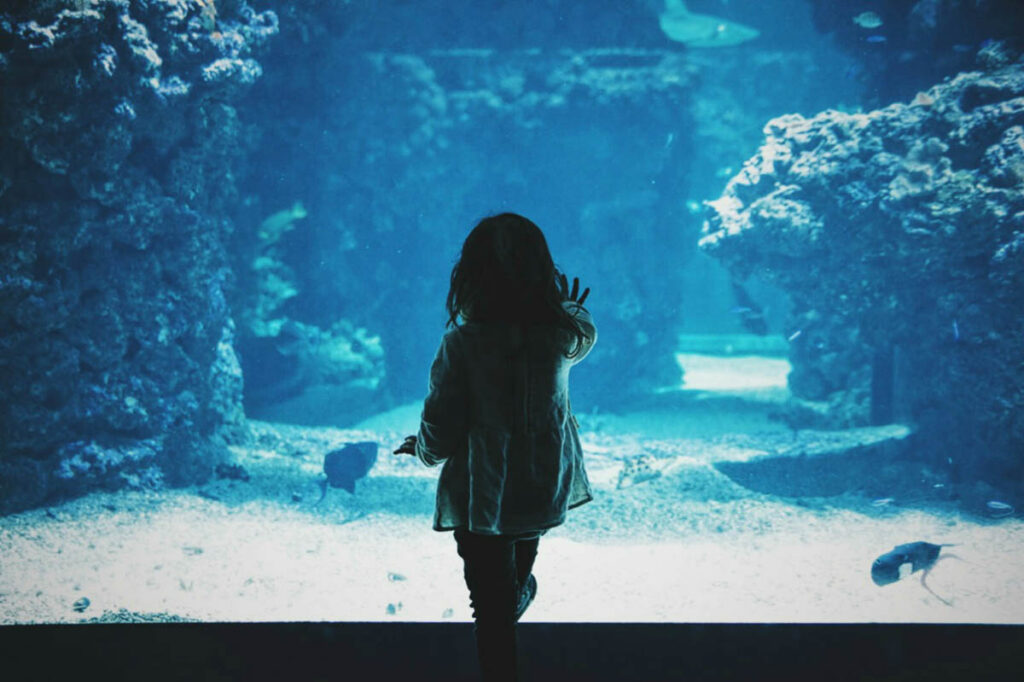
1. Visit an Aquarium or Marine Center
One of the most direct ways to introduce kids to the ocean is by visiting an aquarium or marine center. These facilities allow children to see marine life up close, from playful sea otters to colorful reef fish. Many aquariums also offer interactive touch pools where kids can safely touch starfish, sea cucumbers, and other marine creatures.
Why It Matters: Hands-on experiences foster a deeper connection to marine life and help children appreciate its diversity. Aquariums also often teach about the challenges facing the ocean, such as plastic pollution and habitat destruction.
2. Start a DIY Ocean Science Project
Science experiments can bring the wonders of the ocean to life! For example, you can create a simple “ocean in a bottle” by mixing water, oil, and blue food coloring in a clear container. Add glitter or small toy fish to simulate ocean currents and marine life. Another idea is to explore saltwater density by floating an egg in salty water.
Why It Matters: Science projects encourage kids to ask questions, explore, and understand the principles that govern the ocean, such as buoyancy, currents, and salinity. It is a great way to engage children and spend quality time together learning something new.
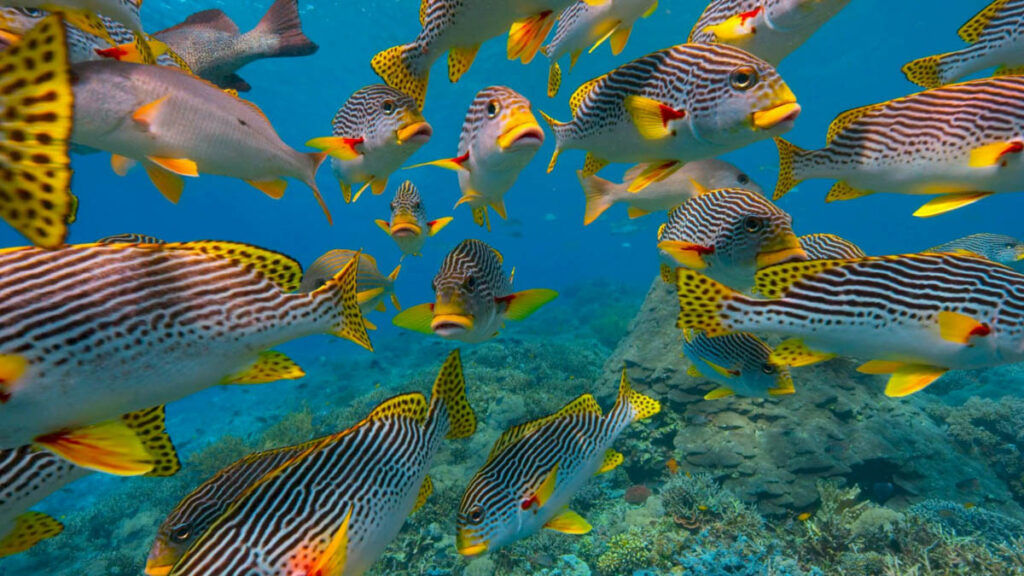
3. Share Ocean Fun Facts
Children love trivia, and sharing fun ocean facts can be an excellent way to pique their interest. For example:
- The blue whale is the largest animal on Earth, growing up to 100 feet long.
- More than 80% of the ocean is unexplored.
- Octopuses have three hearts and blue blood.
Why It Matters: Fun facts make learning enjoyable and help kids remember key information about the ocean. They can also share their fun facts with friends and their school.
4. Read Ocean-Themed Books Together
Books are a fantastic way to teach kids about the ocean, combining storytelling with education. Choose age-appropriate books such as The Magic School Bus on the Ocean Floor or The Big Book of the Blue by Yuval Zommer.
Why It Matters: Stories about marine life and ocean exploration can inspire curiosity and a sense of wonder, laying the foundation for a lifelong interest in the sea.
5. Take a Beach Day with a Purpose
A trip to the beach isn’t just about sandcastles and swimming—it’s also an opportunity to learn about the ocean. Encourage kids to observe tide pools, look at shells (without disturbing ecosystems), and discuss how the tides work. You can also use the day to clean up litter and explain how pollution affects marine life.
Why It Matters: Firsthand exposure to the ocean fosters appreciation and respect for it. Activities like beach cleanups teach kids that their actions can make a positive impact.
6. Teach About the Ocean Food Chain
A simple way to explain the ocean’s complexity is by creating a food chain craft. For example, draw or print pictures of plankton, small fish, bigger fish, and predators like sharks or whales. Arrange them in order and discuss how each species depends on the others for survival.
Why It Matters: Understanding the ocean food chain helps kids grasp the interconnectedness of marine ecosystems and the importance of every species in maintaining balance.
7. Watch Ocean Documentaries
Introduce kids to the wonders of the ocean with documentaries like Blue Planet or My Octopus Teacher. Many of these films are visually stunning and provide a glimpse into marine environments that few people ever see. For younger audiences, animated educational shows like Octonauts can be a hit.
Why It Matters: Visual media captures children’s attention and brings the ocean’s beauty and challenges into their homes, inspiring empathy and interest whether you live close to the sea or not.
8. Get Involved in Citizen Science Projects
Many organizations offer citizen science programs that involve kids in ocean conservation. For example, families can participate in beach cleanups, report wildlife sightings, or monitor water quality. Apps like iNaturalist allow kids to upload observations and contribute to global research.
Why It Matters: Active participation helps children feel like they’re making a difference while learning about ocean conservation in a real-world context.
9. Create Ocean-Themed Art
Encourage creativity by involving kids in ocean-themed art projects. Use recyclable materials to make sea creature sculptures, paint an underwater scene, or create a collage of marine life. Another idea is to craft your own “Save the Ocean” poster as a family project.
Why It Matters: Art fosters creativity while reinforcing ocean concepts. It’s also a fun way for kids to express what they’ve learned and share it with others.
10. Introduce Scuba Diving or Snorkeling
For families with older kids, snorkeling or scuba diving can be transformative. Explore shallow coral reefs or calm lagoons where marine life is abundant. Dive centers often offer courses for kids, such as the SSI Explorers program, tailored for young learners.
Why It Matters: Learning to dive with your kids is one of the most rewarding things you can do. Seeing the ocean firsthand from below the surface creates unforgettable memories and strengthens the connection between children and the marine world.
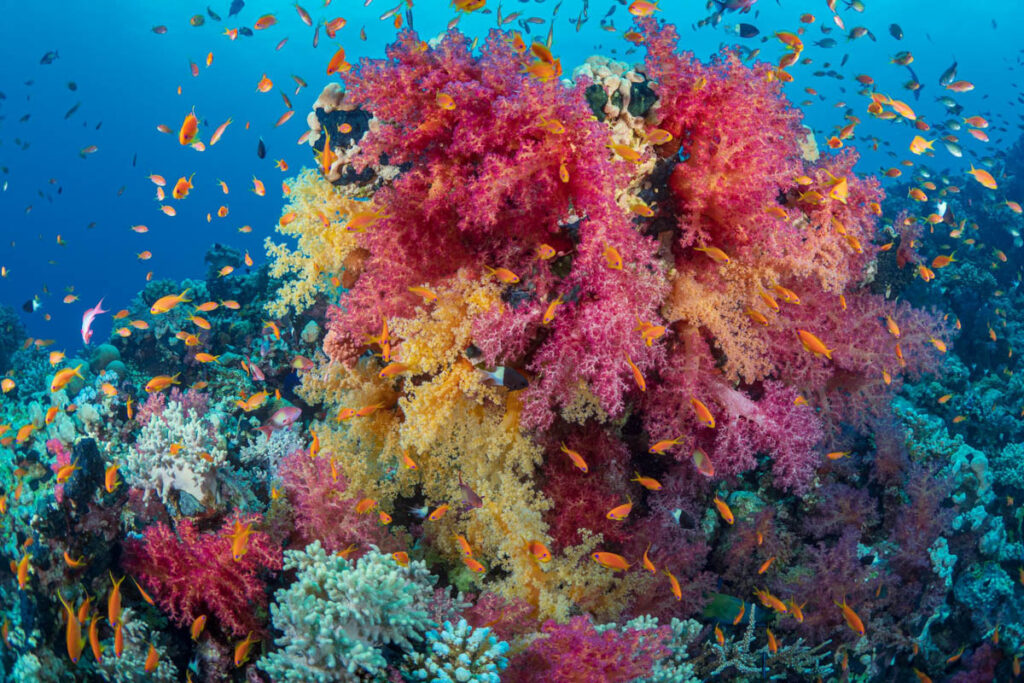
Why Does Teaching Kids About the Ocean Matter?
Educating kids about the ocean isn’t just about sharing knowledge—it’s about fostering a lifelong respect for the environment. The ocean regulates our climate, provides oxygen, and supports countless species, including humans. However, it faces significant threats, from pollution to overfishing and climate change.
When children learn about the ocean, they grow up understanding its value and the role they can play in protecting it. By instilling these values early, we nurture the next generation of ocean stewards.
How To Add Ocean Education Into Your Daily Life
You don’t need to live near the coast to teach kids about the ocean. With books, documentaries, art, and hands-on activities, families anywhere can inspire a love for the sea. Make learning about the ocean a regular part of your family’s routine, whether through weekend science experiments, bedtime stories, or holiday trips to the beach.
Teaching kids about the ocean isn’t just an educational opportunity—it’s a way to connect as a family while fostering a love for the natural world. By taking small steps today, we can ensure that tomorrow’s generation understands the importance of protecting our blue planet.






